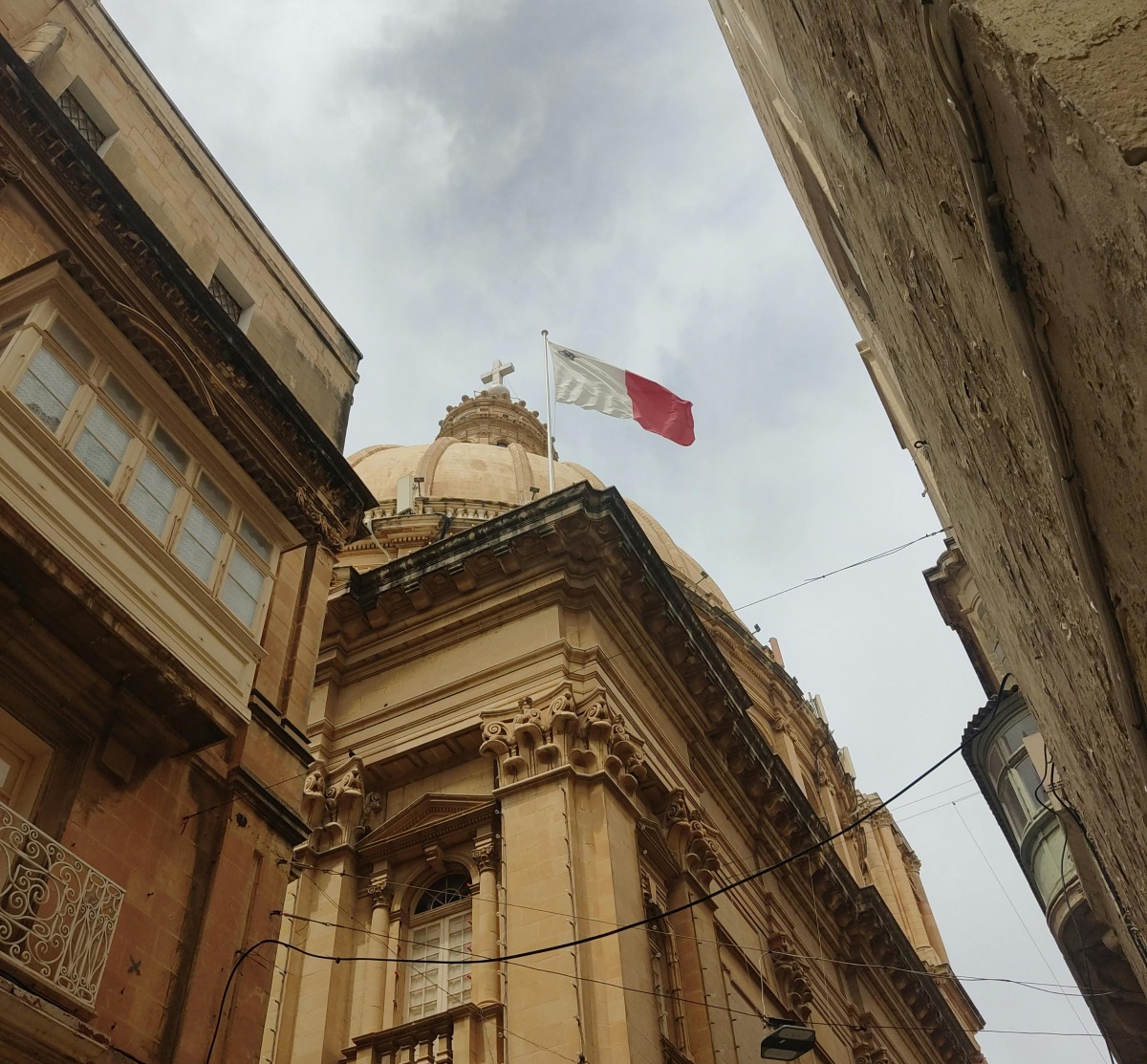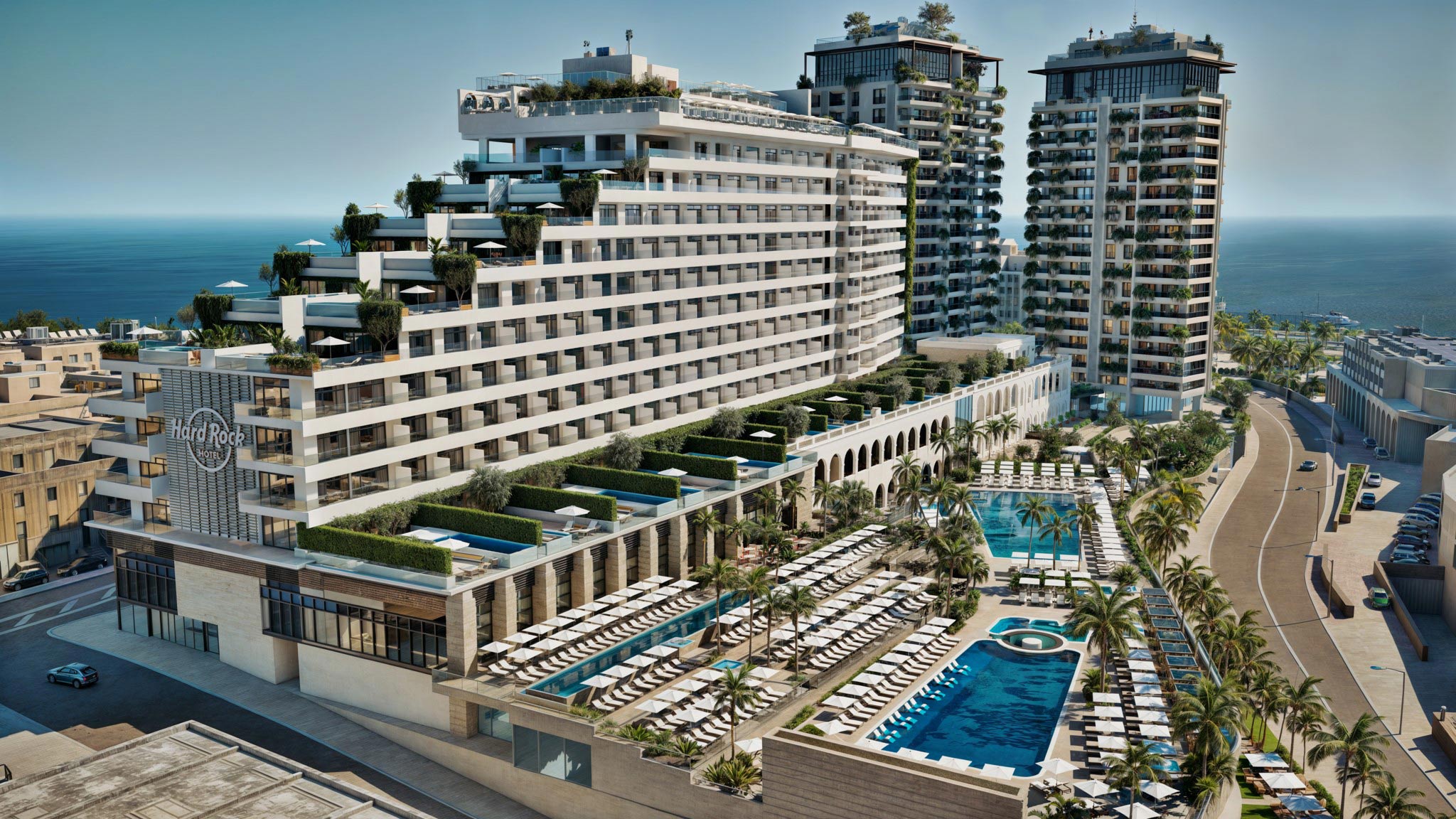Users of Facebook Marketplace will be familiar with “5/6/7 per cent ROI” sales agents often include in property listings in their efforts to attract potential buyers looking to invest in Malta’s buy-to-let real estate market.
“ROI” stands for return on investment, and represents, in theory, the rate of return a property owner might expect to see when renting it out.
The question, then, is whether this rate can actually be depended on. Are these figures thrown out at random, or are they the result of careful consideration?
BusinessNow.mt reached out to some of Malta’s top real estate players to find out more on the subject.
“Agents will tend to be very cautious when calculating the ROI,” says Iggy Zammit, director at Belair Property. “They won’t just give a number, but base it on their own and other agents’ experience in the particular local market in question. And even then, it always comes with the caveat that the rate is an estimate, and always subject to change.”

When the property is part of a complex, for example, agents will look at what similar properties within the same complex are being rented for. When it is not part of a complex, they will look at the going rates for properties with similar features in the same area.
The rate is then calculated by dividing the yearly rent by the sale value, and multiplying it by 100. A €230,000 property fetching a monthly rent of €1,000, then, would be calculated as: 12,000/230,000*100, for an estimated ROI of 5.2 per cent.
Any maintenance and other fees, and finally tax, would need to be deducted from this figure.
Mr Zammit says that the agency is careful to match potential buyers with the right agent for the job. “You don’t give someone looking to invest in a buy-to-let property a first-time agent,” he says, “nor one that is specialised in residential villas.”
Part of an agent’s job, he continues, is to understand clients’ needs and provide them with all the options, including a feasibility study of their expected returns.
“We can set up an appointment where we outline multiple scenarios, based on the best, worst and average rental income that might be expected for a given property – always keeping in mind that we can only tell them what has happened and is happening in similar situations. We cannot predict the future and tell clients that this or this will happen. As with any other investment, one’s decision can be an informed one, but it always entails a risk.”
Steve Mercieca, co-founder and CEO of Zanzi Homes and QuickLets, warns against an over-reliance on the metric when considering to invest in property.
“The way the rental sector works,” he explains, “is that the better the location is, the less the return for rent. If you buy something in the heart of Sliema, it’s going to come at a premium, easily €500,000 or more. However, rents rarely go over €1,500 – not without high vacancies – so the main reason to invest in such property is appreciation, which can be very significant.”

Rental properties therefore rarely cost more than €350,000, as anything higher than that price represents too high a risk. This, Mr Mercieca stresses, does not take into account those properties with short let potential, which can drastically increase their income potential.
He says his company’s agents are instructed to calculate the full costs of a purchase when calculating the ROI. “This means factoring in finishings, furnishings, and notary fees.” Neither ongoing maintenance nor tax, however, is included in the calculation.
Investors, he advises, should not only look at “blunt instrument” of ROI, but ask more questions on the square meterage, the state of the common parts, and especially, the year of build. “This is rarely mentioned, but it has tremendous bearing on a property’s long term potential, both in terms of the length of time required before serious maintenance needs to be considered, and in terms of its potential for appreciation.”
Posing as a potential buyer, BusinessNow.mt reached out to two agents to inquire about the ROI on two properties.
One, a three-bedroom under construction in Gzira, was being advertised at €285,000, to be sold with finishes including bathrooms and doors. The listing emphasised the option of splitting the property in two. Investors, the listing suggested, could expect an ROI of seven per cent.
The agent stated that a two-bedroom apartment in the area could be rented for €1,200, while a one-bedroom could fetch €800. These represent long-let figures “as per today’s market [with] realistic-modern projections”.
Such figures would yield a monthly rent of €2,000, or €24,000 in gross annual rent. Using the standard calculation (24,000 / 285,000 * 100) would mean an annual return of 8.42 per cent – much higher than the return advertised by the agent.
Even factoring in an additional €30,000 expense to legally and structurally split the property in two and add furnishings, the estimated return is over 7.6 per cent, lending weight to the arguments put forward by Mr Zammit and Mr Mercieca that agents lean towards caution in their estimates.
Another property, in Isla, made up of three studio apartments requiring refurbishment, was going for €192,000, with an advertised ROI of six per cent. The agent suggested that each of the three could be rented for €400, resulted in a gross annual rent of €14,400. Without additional interventions, this would mean an ROI of 7.5 per cent. Assuming that renovations, which could be extensive, cost €30,000, still results in an ROI of 6.5 per cent, again supporting the view that agents tend towards a cautious approach in their calculations.
Asked whether the field might be worth regulating, Paul Bonello, managing director of Finco Treasury Management Ltd, explains that the only investment activities regulated and subject to legal oversight are those listed in chapter 370 of the Investment Services Act.
“The legal act defines investment services narrowly and specifically, referring to transferable securities. Property is not subject to the act, so any advice given in relation to rental investments falls outside its scope.”

There is one notable exception – “Units in a property investment fund are indeed subject to financial regulations, since it acts as an investment vehicle. But as long as the investment is in property as a physical asset, in its direct form, there is no legislation regulating the investment per se.”
Asked whether the ROIs presented in agents’ sales pitches are realistic, Mr Bonello declines to comment, pointing out that they depend on a number of factors beyond his competence as a stockbroker.
“What is important,” he continues, “is that both the denominator and the numerator – the purchase price and the rental price – are calculated properly and take into account all the relevant factors, including all costs and taxes”- the latter of which, notably, are not taken into account by any person BusinessNow.mt spoke to.
Mr Bonello says he cannot exclude the possibility that there are mistakes made in such calculations, but says he presumes any such errors are made innocently. “God forbid they are doing it maliciously,” he says.
Differently to the other real estate stakeholders spoken to for this piece, Michael Stivala, president of the Malta Developers Association, does not calculate the rate of return on the overall purchase price, but rather on the portion of it taken out of the investor’s own pocket.
The other side of the equation, then, should also factor in loan repayments.

With the down payment portion of a rental property typically expected to be 25 per cent, a €200,000 property would see the buyer taking €50,000 out of their own pocket. A three per cent €150,000 bank loan paid off over 25 years would require a monthly repayment of around €715.
Such a property fetching a monthly rent of €1,000, then, would have a monthly cash flow of €285, or €3,420 yearly. When calculated against the investor’s €50,000 capital investment, this would result in a 6.84 per cent ROI.
On other hand, someone buying such a property in cash would see a far lower rate of return, only 1.71 per cent – which is why those with that much cash on hand are more likely to use it to make down payments on several properties, with the added benefit of diversifying their exposure to risk.
Mr Stivala is bullish on the potential of the real estate market for small-scale investors.
“The remarkable growth in the buy-to-let phenomenon over the last decade,” he says, “has been driven by mom-and-pop investors, people who saved up €50,000 and wisely use that money to invest in a rental property. By the time they reach retirement, it would have paid itself off, allowing them to reap the rewards of their investment through what is, in effect, a second pension.”
Such investments are not risk-free, however. Much of the growth in the rental sector has been driven by Malta’s rapid population growth, bringing into question its long-term sustainability. The native population remains overwhelmingly more likely to buy than to rent – making demand from foreigners, should it ever decline, difficult to replace.
In this regard, the sounds of alarm, shriller by the year, of Malta’s declining attractiveness to foreigners and nationals alike, should make any prospective investors take heed.
The unpaid civil servants: Local programmers building what the Government hasn’t
Citizen-built tools – from permit and pollution trackers to grant portals – are helping solve everyday frustrations
Melita expands VoLTE roaming to eight countries
The rollout extends Melita’s existing VoLTE service, which is already available across Malta and Gozo
db Group reports turnover of almost €100 million and record profit as it opens bond issue to public investors
This coincides with the launch of a €60 million bond programme to support the Group’s continued expansion






